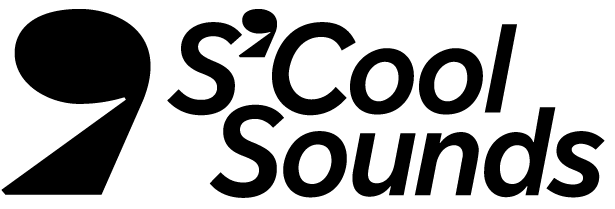THREE-NOTE SAMBA
Lesson 8
Teaching Artist: Juan Manuel TrujilloSUMMARY
This is the eighth lesson from the Strumming Through The Americas ukulele course. Students will visit Brazil to learn samba music. Building on the experience with the three melody notes used in “Three-Note Calypso,” students will employ these notes again in a variation to learn the melody for the new song, “Three-Note Samba.” Students will also learn a chord accompaniment part which features a new strumming pattern, and practice incorporating dynamics to shape the music. This lesson will culminate in a performance of the song featuring both parts.
OBJECTIVE
Students will be able to locate Brazil (specifically the city of Rio de Janeiro) on a map and relate it to their geographical location.
Students will be able to distinguish the important elements of the samba musical style.
Students will be able to demonstrate a basic samba rhythm using their hands and feet.
Students will be able to utilize the three melody notes learned previously in a new song and melodic context.
Students will be able to adapt a new strumming technique/pattern to the chord progression/cycle of “Three-Note Samba.”
Students will be able to blend melody and accompaniment for a musical performance.
MATERIALS
Ukulele
Adaptive tools or chord changers for students with disabilities
EXPLORE
Display the Google Slides: Three-Note Samba. Introduce the lesson by showing Brazil on the Map. Point out to students the large size of the country and its many states (similar to all the different states in the U.S.A!) Ask: Can everyone tell me what continent Brazil is in? (South America!) Have you ever visited Brazil, or been to any other countries in South America? Drag the cursor to show the distance between Brazil and the location of your lesson. Explain that today we are going to focus on one particular city in Brazil, Rio de Janeiro.
Using the Samba Handout, give students a brief history of samba music. Point out the two images of instruments often used in the music – Addressing the “Cavaquinho” in particular, due to its shared history with the Ukulele. Relating to the fact detailing the first recorded “samba” song, play the students “Pelo Telefone.” What instruments can you hear in the recording?
Tell students that before they learn a new song, they will become familiar with the basic elements of a samba rhythm. Using the Basic Samba Rhythm Exercise handout, instruct the students on both clapping and stomping parts of the rhythm. Play an excerpt of “Pelo Telefone” once more, this time drawing students’ attention to the use of this exact rhythm in the guitar part. Explain to the students that though not every “Samba” rhythm is the same, variations on this rhythmic figure can be heard very often in the music.
LEARN
Play the Three-Note Samba Melody video. Pausing at 0:22 to allow some time for the students to refamiliarize themselves with the three melody notes needed for the piece. Resume the video from 0:22, where Mr. Juan will demonstrate all of the phrases of the melody. Replaying the video for a second time and pausing the video at 0:42, 0:49, and 0:58, will give time to practice the melody phrase-by-phrase. Once students are comfortable, playing (and repeating) the video from 1:07 will give the opportunity to practice the complete melody along with Mr. Juan.
Play the Three-Note Samba Chords video. Students will learn the movement of chords through the song and have an opportunity to play through them in sequence with Mr. Juan. Note that some students may still be struggling with effectively sounding both G and D7 chords. These chords both employ the use of two fingers within the same fret (but on different strings), which can prove difficult. Explain to students that they can slightly turn their left wrist away from the ukulele which will give them more space to fit both fingers in the fret (it may be helpful to model this as well). Repeat the video from 1:20 to give the opportunity of further practice through the whole chord cycle.
Once students are comfortably transitioning between the chords in the song, play the Three-Note Samba Strumming video. Pause the video at 0:26 to allow some time for the students to incorporate the strumming into one chord alone (instruct them to use the G chord for this). Once they are comfortable, resume the video from 0:26 where Mr. Juan will guide the students through the cycle of chords with the new strumming pattern. Repeat from 0:40 as necessary.
Play the Dynamics video for the students. Mr. Juan will guide the students through a basic exercise, focusing on expressing different dynamics (loud or soft volumes) utilizing the samba strumming rhythm on the C major chord. This will help to inform the students on how to use dynamics to shape the music.
PERFORM+SHARE
Use the music backing track and video from Mr. Juan in Three-Note Samba Performance to create a class performance video of “Three-Note Samba.” Students may choose to play either the melody or the chord accompaniment. Play the video a second time from 0:08, so students can alternate parts. Have students play the piece at a soft dynamic in the first rendition, and a loud dynamic in the second. Play along to assist with the rhythm of the melody and chord accompaniment.
Share your musical creations at S’Cool Sounds Padlet.
Tell students that in the next lesson, they will travel to Venezuela to learn another new song.

